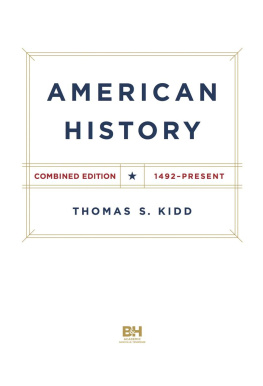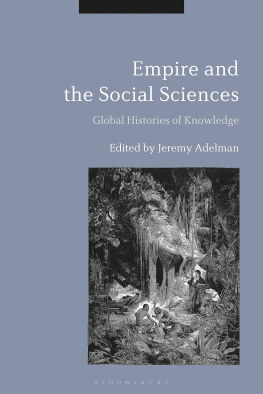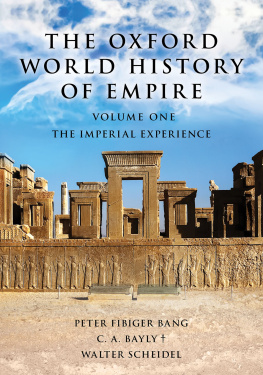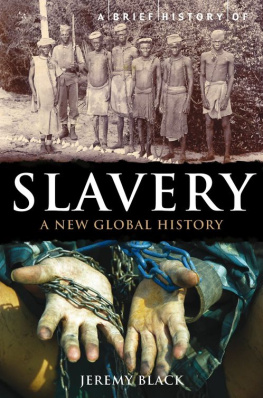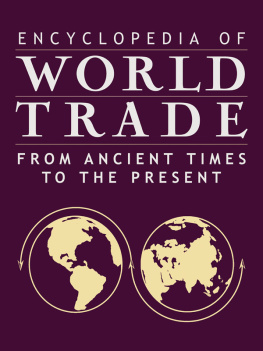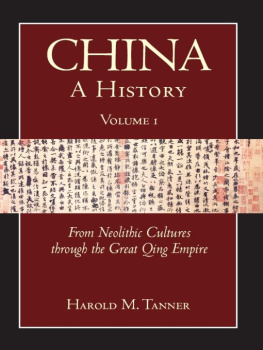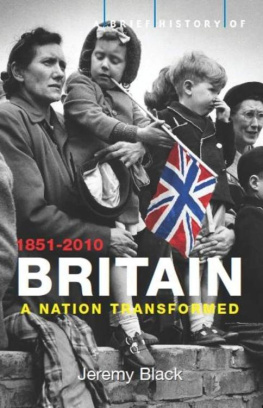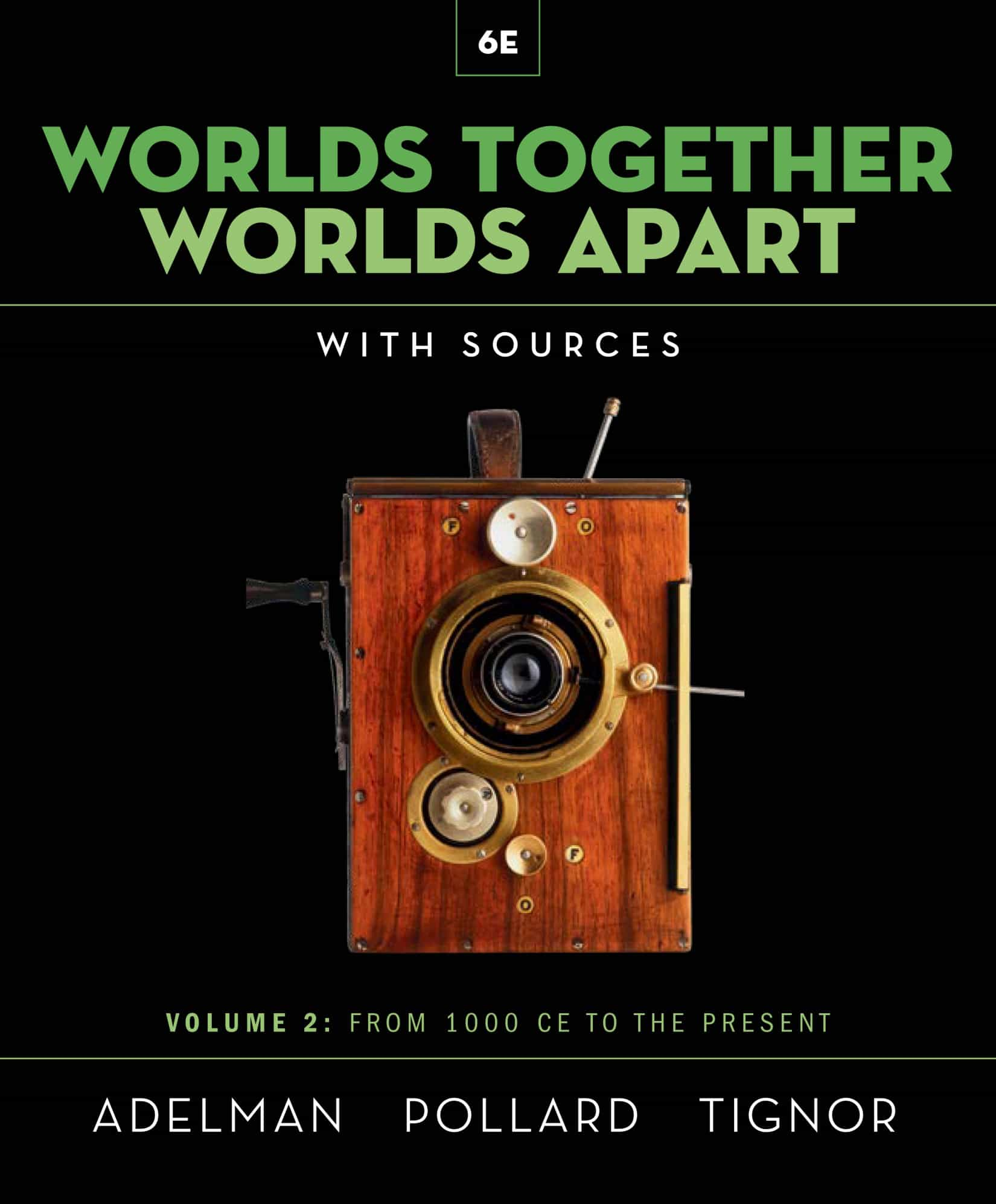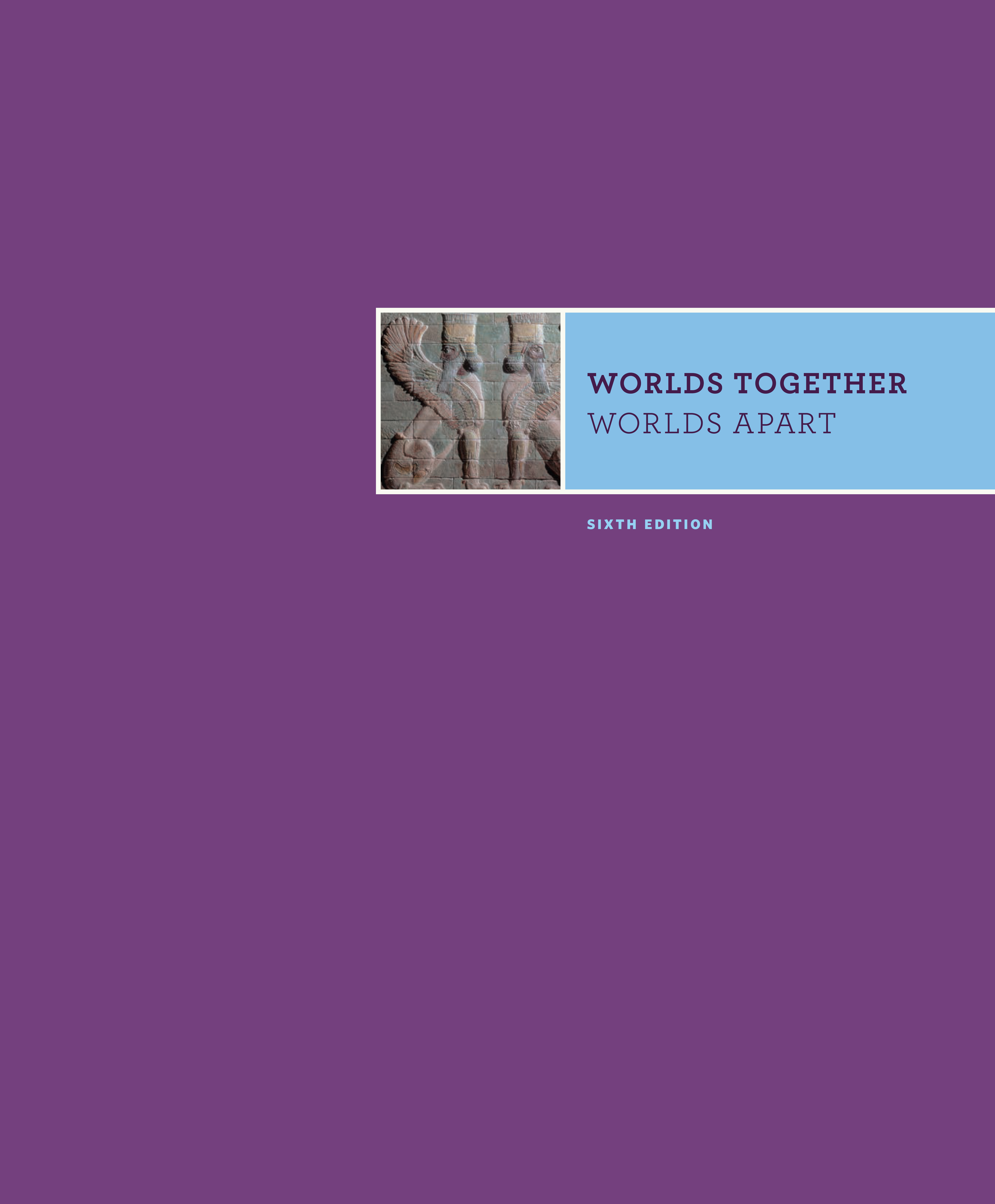Publishers Notice
Please note that this version of the ebook does not include access to any media or print supplements that are sold packaged with the printed book.
W. W. Norton & Company has been independent since its founding in 1923, when William Warder Norton and Mary D. Herter Norton first published lectures delivered at the Peoples Institute, the adult education division of New York Citys Cooper Union. The firm soon expanded its program beyond the Institute, publishing books by celebrated academics from America and abroad. By midcentury, the two major pillars of Nortons publishing programtrade books and college textswere firmly established. In the 1950s, the Norton family transferred control of the company to its employees, and todaywith a staff of five hundred and hundreds of trade, college, and professional titles published each yearW. W. Norton & Company stands as the largest and oldest publishing house owned wholly by its employees.
Copyright 2021, 2018, 2014, 2011, 2008, 2002 by W. W. Norton & Company, Inc.
All rights reserved
Editor: Jon Durbin
Project Editor: David Bradley
Assistant Editor: Lily Gellman
Managing Editor, College: Marian Johnson
Managing Editor, College Digital Media: Kim Yi
Production Managers: Jane Searle and Benjamin Reynolds
Media Editor: Carson Russell
Associate Media Editor: Alexander Lee
Assistant Media Editor: Alexandra Malakhoff
Media Project Editor: Rachel Mayer
Ebook Manager: Sophia Purut
Marketing Manager, History: Sarah England Bartley
Design Director: Rubina Yeh
Book Design: Jillian Burr
Photo Editor: Mike Cullen
Permissions Specialist: Elizabeth Trammell
Composition: KnowledgeWorks Global Ltd.
Illustrations: Mapping Specialists, Ltd.
Permission to use copyrighted material is included on
Library of Congress Cataloging-in-Publication data [TK]
ISBN: 978-0-393-42298-6
ISBN: 978-0-393-53213-5 (ebook)
W. W. Norton & Company, Inc., 500 Fifth Avenue, New York, NY 10110-0017
wwnorton.com
W. W. Norton & Company Ltd., 15 Carlisle Street, London W1D 3BS
Cover design: Lissi Sigillo
Cover image: Debrie Parvo camera. Credit: Dorling Kindersley Ltd./Alamy Stock Photo
About the cover art: A Debrie Parvo 35mm motion picture camera, invented in France in 1908. Hand-cranked like its antecedents, but more compact, the Parvo was frequently used in the creation of silent films all the way through the 1920s.
Ebook version: 6.1-retailer
CONTENTS IN BRIEF
- CHAPTER 10
- CHAPTER 11
- CHAPTER 12
- CHAPTER 13
- CHAPTER 14
- CHAPTER 15
- CHAPTER 16
- CHAPTER 17
- CHAPTER 18
- CHAPTER 19
- CHAPTER 20
- CHAPTER 21
- CHAPTER 22
CONTENTS
CURRENT TRENDS IN WORLD HISTORY
ANALYZING GLOBAL DEVELOPMENTS
GLOBAL THEMES AND SOURCES
CHAPTER 10
CHAPTER 11
CHAPTER 12
CHAPTER 13
CHAPTER 14
CHAPTER 15
CHAPTER 16
CHAPTER 17
CHAPTER 18
CHAPTER 19
CHAPTER 20
CHAPTER 21
CHAPTER 22
INTERPRETING VISUAL EVIDENCE
MAPS
- 10.1
- 10.2
- 10.3
- 10.4
- 10.5
- 10.6
- 10.7
- 10.8
- 10.9
- 10.10
- 10.11
- 11.1
- 11.2
- 11.3
- 11.4
- 11.5
- 12.1
- 12.2
- 12.3
- 12.4
- 12.5
- 13.1
- 13.2
- 13.3
- 13.4
- 13.5
- 13.6
- 13.7
- 14.1
- 15.1
- 15.2
- 15.3
- 15.4
- 15.5
- 15.6
- 16.1
- 16.2
- 16.3
- 16.4
- 16.5
- 17.1
- 17.2
- 17.3
- 17.4
- 17.5
- 18.1
- 18.2
- 18.3
- 19.1
- 19.2
- 19.3
- 19.4
- 19.5
- 19.6
- 20.1
- 20.2
- 20.3
- 20.4
- 20.5
- 20.6
- 21.1
- 21.2
- 21.3
- 21.4
- 21.5
- 21.6
- 22.1
- 22.2
- 22.3
- 22.4
- 22.5
- 22.6
PREFACE
Worlds Together, Worlds Apart has set the standard for five editions for those who want to teach a globally integrated and comparative world history survey course. Just as the dynamic field of world history has evolved, so, too, has Worlds Together, Worlds Apart. Building on the success of the first five editions, the Sixth Edition continues to offer a coherent, cutting-edge survey of the field built around world history stories of significance, which we call Global Storylines. These Global Storylines have the dual benefit of making the material more focused and more manageable for students. They also allow students to more readily make connections and comparisons across time and place since most, if not all, regions of the world are discussed in many of the chapters. Some of our favorite examples of Global Storylines include comparing the worlds first cities, the creation of the Silk Roads, comparing the Han dynasty and the Roman Empire, the rise and spread of universalizing religions, the destruction and recovery of Afro-Eurasia from the Black Death, the impact of New World silver on global trade, the global impact of the Atlantic and industrial revolutions, alternative visions to organize societies during the rise of nineteenth-century capitalism, how nation-states became global empires, and the impact of modern globalization today.
NEW TO THE SIXTH EDITION
NEW AUTHORIAL LEADERSHIP
The Sixth Edition brings a number of significant changes, most visibly with the authorial team. Out of that initial team of authors, the authors of Worlds Together, Worlds Apart agreed to reconstitute into a smaller team of three. Elizabeth Pollard, a Roman historian at San Diego State University becomes the lead author of the first volume. For nearly two decades, she has taught the pre-1500 CE world history survey to classes of 30 to 500 students both in person and remotely. Jeremy Adelman, a historian of Latin America and the Atlantic world and the director of the Global History Lab at Princeton University, becomes lead author of the second volume. Adelman teaches a survey in global history from 1300 to the present both at Princeton and online. Tens of thousands of students worldwide have taken his course. Robert Tignor, a distinguished Africanist and the original general editor and the soul behind this book, remains an author in both volumes, bringing his experience and eye for the big picture to bear on the books prose. The changes in our authorial team have also brought departures. We started this book in its first edition as a much larger group, which included Steve Aron, Peter Brown, Ben Elman, Steve Kotkin, Xinru Liu, Sue Marchand, Holly Pittman, Gyan Prakash, Brent Shaw, and Michael Tsin. They were vital to mobilizing the latest specialist scholarship and to integrating a wide range of perspectives into one narrative, and this edition is indebted to their contributions. Our team of three allows us to strengthen the core themes with a unity of voice while remaining committed to the original principles of diversity of perspective.


